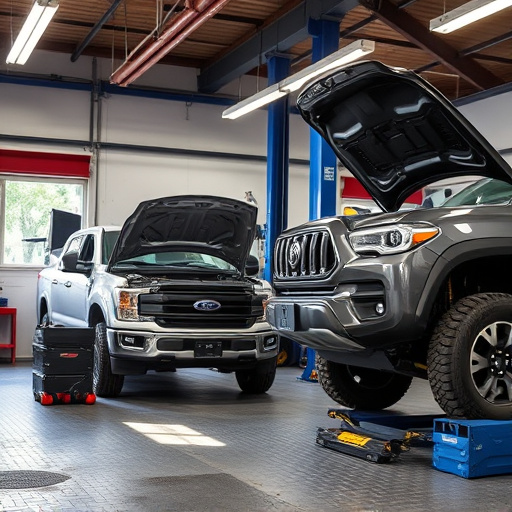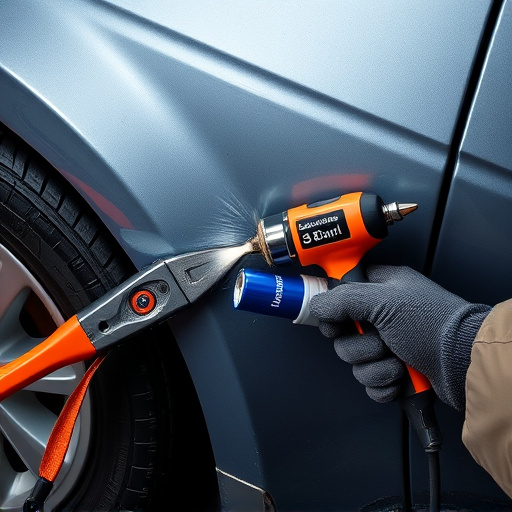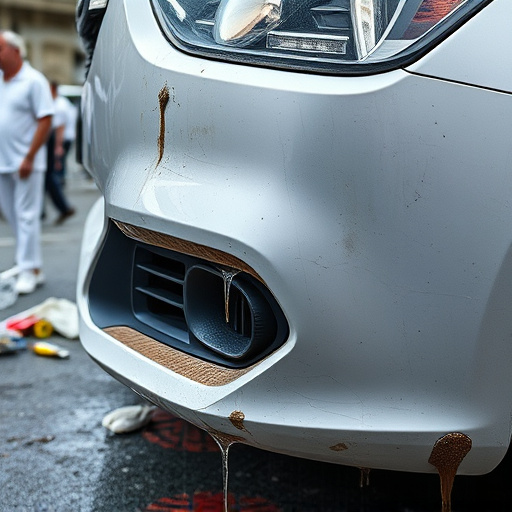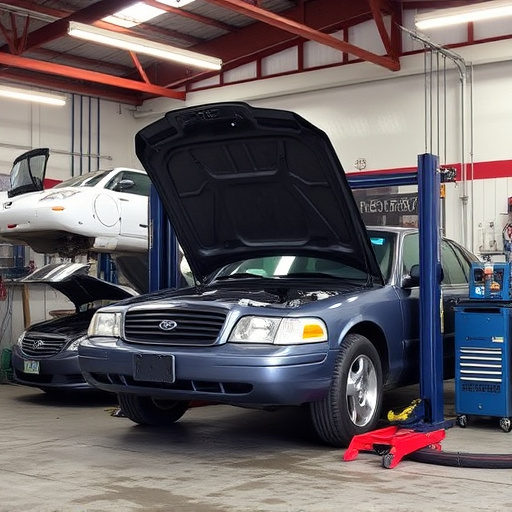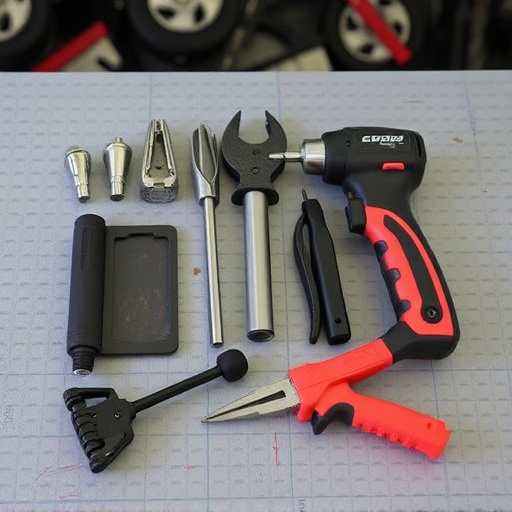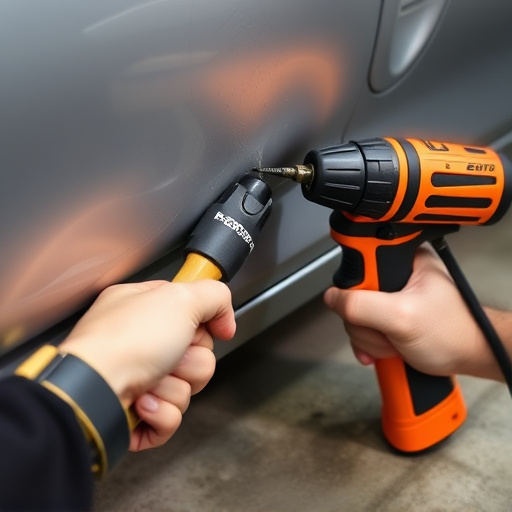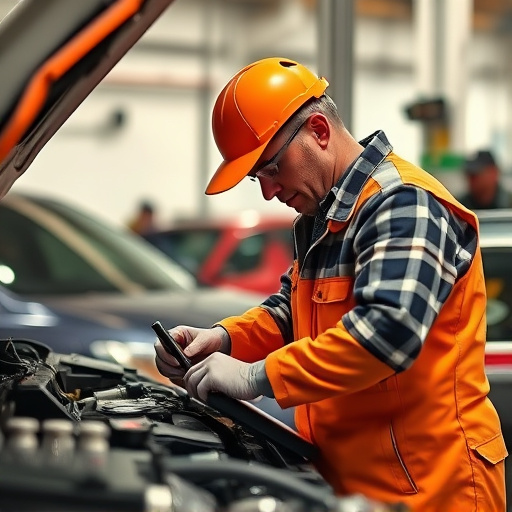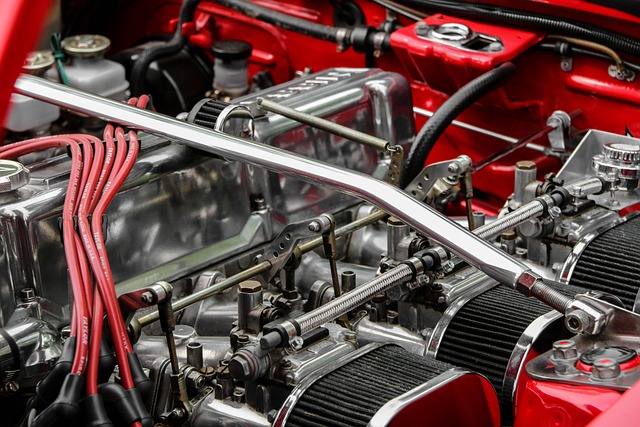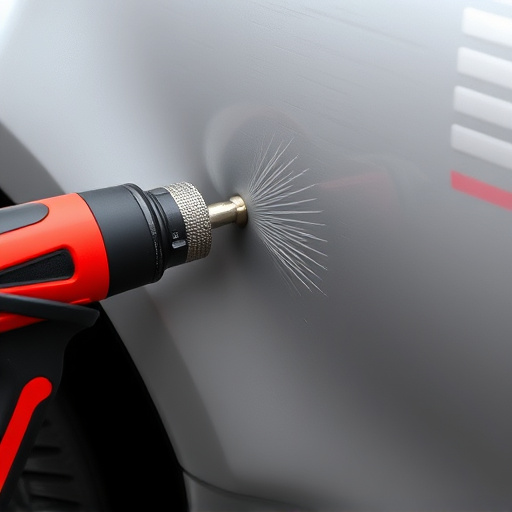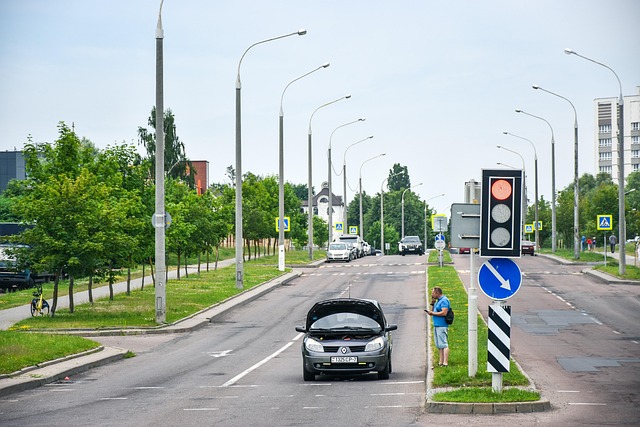Blending panels, crucial for precise collision estimates, aid vehicle repair services by facilitating seamless integration of replacement parts. Skilled technicians ensure cost-effective repairs through meticulous color and finish matching. In insurance, these panels enable data-driven claim assessment, reducing fraud and ensuring transparent pricing. Best practices for blending panel estimation include understanding vehicle manufacturing processes, utilizing digital imaging, 3D scanning, and dent removal techniques to optimize selection and preparation, ultimately enhancing collision center outcomes.
In the intricate world of insurance claims, understanding blending panels in collision estimates is paramount. This article delves into the essence of blending panels, a crucial component of collision estimates, where data plays a pivotal role. We explore how these panels help assess damage accurately, ensuring fair compensation for policyholders. By examining best practices, you’ll gain insights to navigate the process effectively, promoting transparency and precision in insurance evaluations.
- Understanding Blending Panels in Collision Estimates
- The Role of Data in Blending Panel Procedures
- Best Practices for Accurate Blend Panel Estimation
Understanding Blending Panels in Collision Estimates
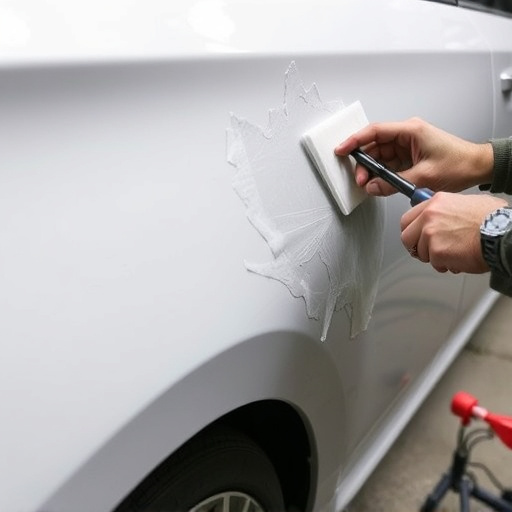
Blending panels are a crucial component in collision estimates for vehicles, especially when dealing with complex repairs. In the context of vehicle repair services, blending involves seamlessly integrating replacement parts with the existing original equipment components, ensuring a cohesive and durable finish. This meticulous process is an art within itself, requiring skilled technicians to match colors, textures, and finishes precisely. By using blending panels, car repair shops can achieve seamless repairs that are nearly indistinguishable from the original vehicle parts.
When preparing collision estimates, these blending panels play a significant role in determining the overall cost of vehicle repairs. Fleet repair services often rely on them to maintain consistency in their vehicle maintenance programs. The panels facilitate efficient work by providing standardized templates for replacing damaged areas, reducing the time spent on individual adjustments. This streamlined approach not only benefits fleet managers but also car owners looking for prompt and reliable vehicle repair solutions at reputable car repair shops.
The Role of Data in Blending Panel Procedures
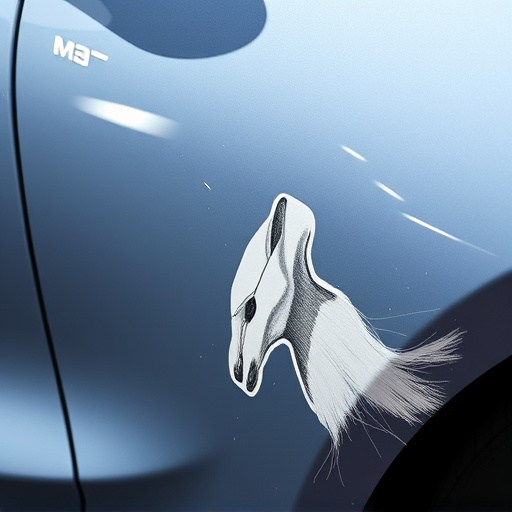
In the realm of insurance estimates, blending panel procedures play a pivotal role in accurately assessing and processing claims for luxury vehicle repair and auto body repairs. These procedures involve complex algorithms that integrate data from various sources to arrive at fair and precise cost estimations. By utilizing sophisticated analytics, insurers can account for different factors such as vehicle make and model, the severity of damage, and regional labor rates. This data-driven approach ensures that collision repair services are adequately covered, facilitating a smoother claims settlement process.
Blending panels act as a crucible where historical data, industry standards, and real-time market trends converge. They enable insurers to compare actual repair costs against expected figures, identifying any discrepancies that might suggest fraud or excessive charges. Moreover, this panel data helps in standardizing the estimation process across different regions, ensuring consistency in collision repairs regardless of location. As a result, policyholders benefit from transparent and fair claims handling, while insurers mitigate risks associated with inaccurate assessments.
Best Practices for Accurate Blend Panel Estimation
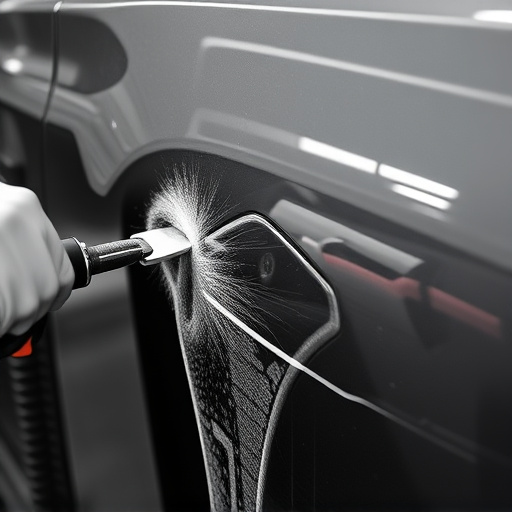
To ensure accurate blending panel estimation, auto collision centers should adopt best practices that streamline the process and minimize errors. One key practice is to have a thorough understanding of the vehicle’s original design and manufacturing processes. This involves studying the specific panel configurations, material properties, and assembly techniques used by the manufacturer. By referencing these details, estimators can more precisely match the replacement panels to the original, ensuring seamless integration during collision damage repair.
Additionally, utilizing advanced technology like digital imaging and 3D scanning can significantly enhance blending panel estimation. These tools provide accurate measurements and detailed visual data, enabling estimators to identify subtle differences in panel contours and dimensions. Incorporating dent removal techniques as part of the estimation process is also crucial, as it helps account for any pre-existing damage or misalignments that could impact the final repair outcome. This holistic approach ensures that blending panels are chosen and prepared optimally, leading to superior results in auto collision centers.
Blending panels play a pivotal role in modern insurance estimates, offering a more nuanced approach to collision repair costs. By integrating data-driven methods, insurers can achieve greater accuracy and efficiency in their assessments. Adhering to best practices ensures that blending panel procedures are consistent and reliable, ultimately benefiting both insurance providers and policyholders by streamlining the claims process and ensuring fair compensation for repairs related to car collisions.
